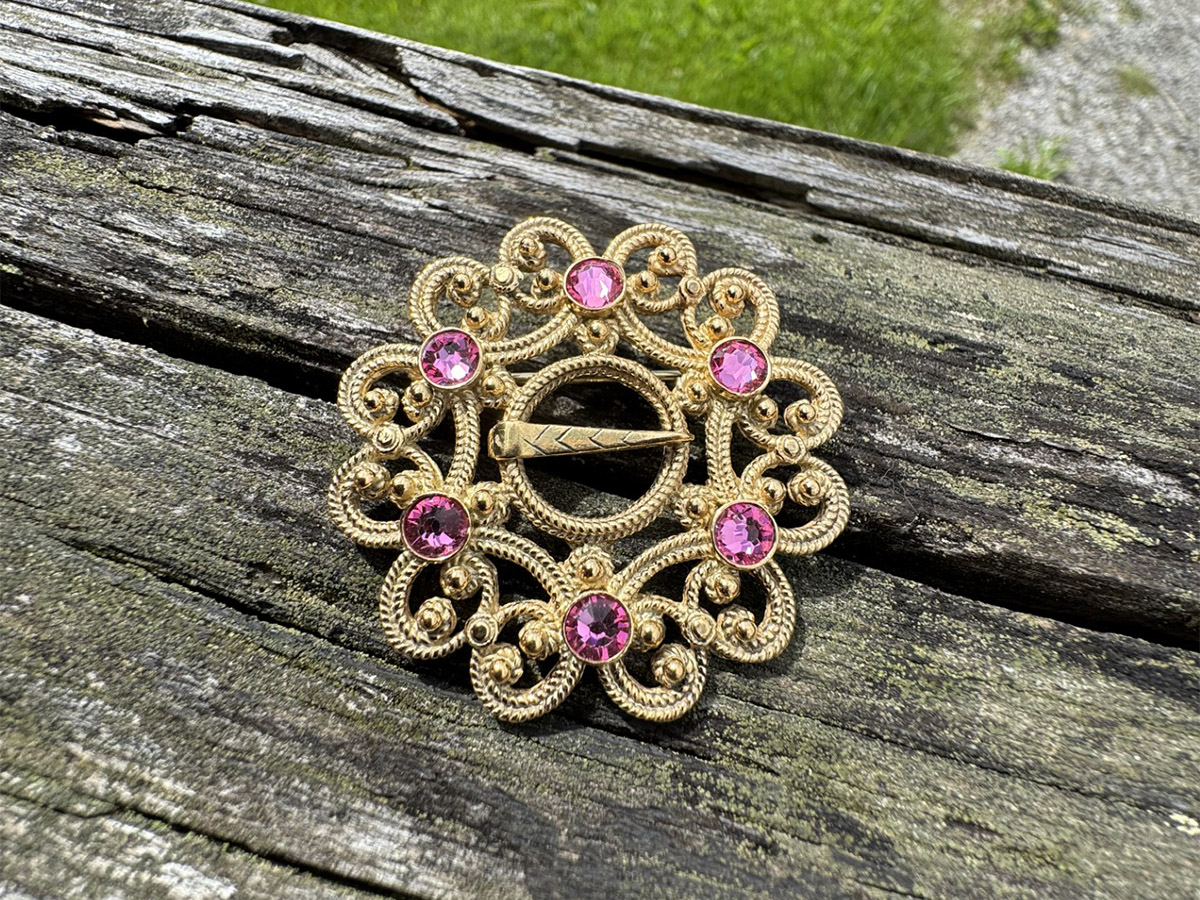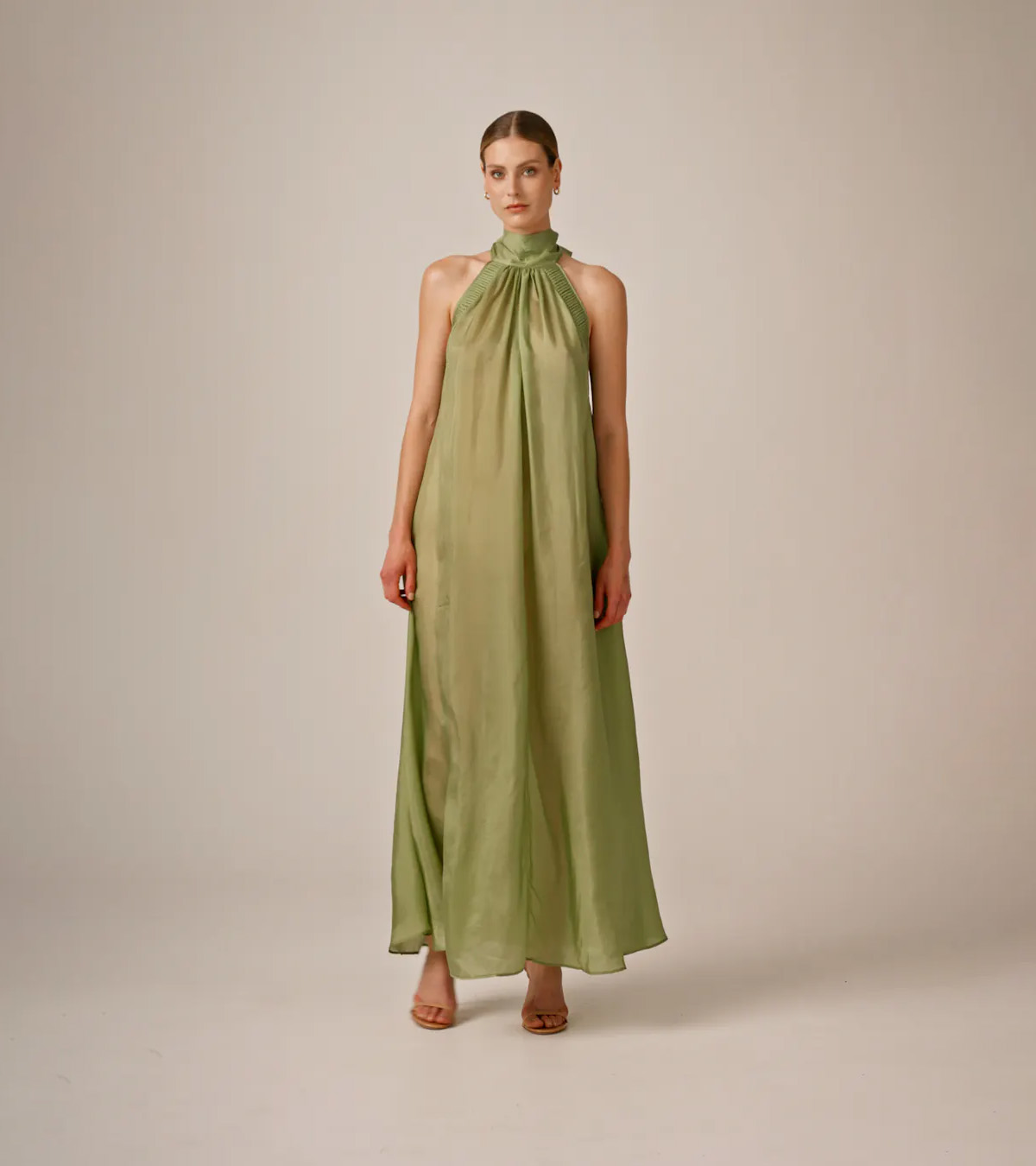Lofoten Wool: Wool craftsmanship inspired by tradition
TEXT: ALYSSA NILSEN | PHOTOS: LOFOTEN WOOL
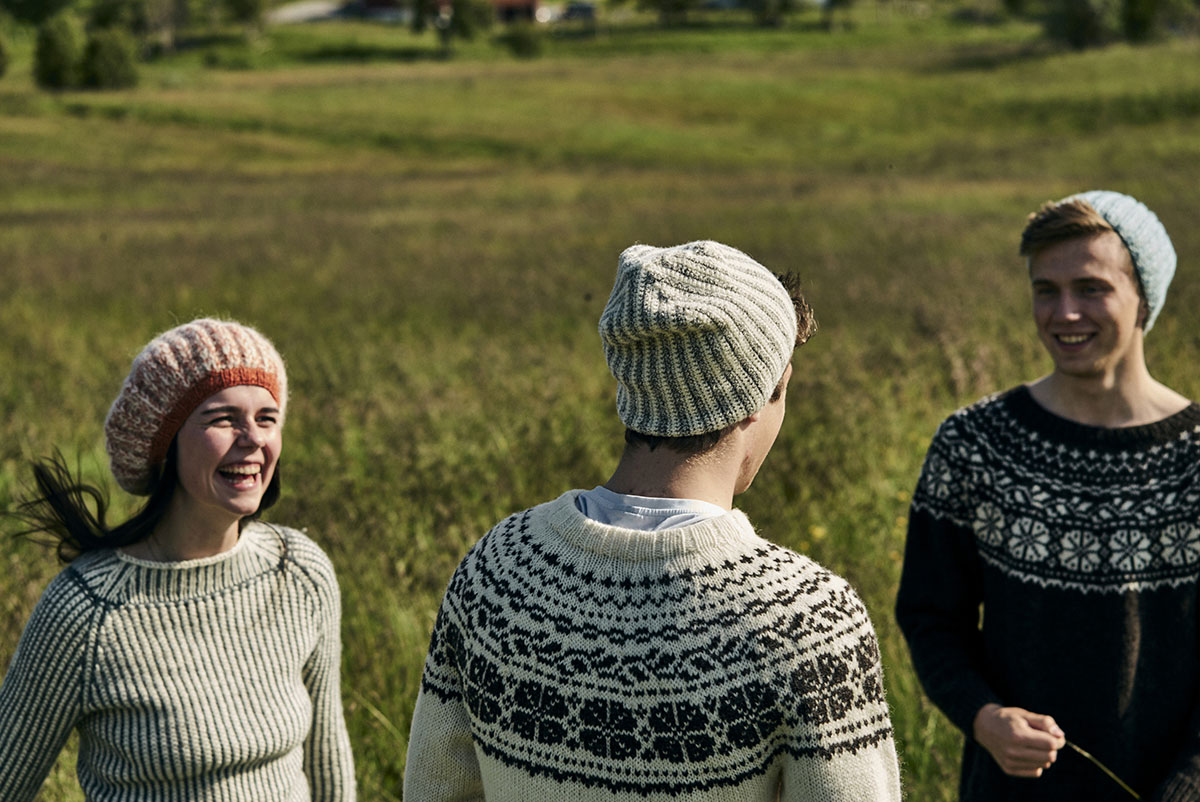
Photo: Eivind Natvig
Without sheep, it would have been impossible for mankind to survive in the north. The oldest findings of sheep in Norway date back to 1500-1400 BC, showing our continuous dependency on wool and meat. Though modern-day technology helps in surviving the winters, wool products are an important part of a tradition that keeps people warm and history alive, and indeed prominent in Nordic fashion.
Even though Norway has a large wool production, the wool is often exported out of the country, while Norwegian-made garments and products tend to be knitted from imported wool. Ragnhild Lie, textile and wool artist and owner of Lofoten Wool, decided to reclaim the cultural heritage and the countless techniques and traditions of Norwegian wool and garments.
Originally from Lillehammer, Lie moved to Lofoten in 1997 to work as an art teacher. This led to her starting an audience-orientated workshop around native-breed sheep, wool and craft at her refurbished 1927 farm. “This region has one of the oldest types of sheep in Scandinavia,” says Lie. “Old Norse Sheep DNA is still similar to the sheep of the Viking Era. This breed of sheep prefers the outside for most of the year, and farms keep their doors open so that the sheep can walk in and out as they wish.”
They also play a role in the biodiversity in the area by maintaining the local landscape through grazing. “Sheep grazing binds the carbon in the ground,” explains Lie, “so this really is very sustainable textile fibre and meat.”
In 2013, the first Old Norse Sheep arrived at Lie’s farm. In 2014, she founded her company, Lofoten Wool, a yarn, clothing and textile company aiming to preserve the historical craft and heritage of the Old Norse Sheep wool. They carefully design their products to nurture and support traditional craft skills through local community production and work with the wool’s natural colours – white, grey, black and brown – as well as hand-dyeing yarn using plant colours.
The method of dyeing that Lofoten Wool uses dates back to the Viking Era and is derived from plants, some of which the team picks themselves: the tansy flower for different shades of yellow; madder root for red, and indigo baths for hues of blue. Each colour batch is a unique shade resulting from the natural variations within nature and the dyeing process.
In their production process and wide range of products, Lofoten Wool uses wool from their own and other farms in the Lofoten region in the north of Norway. The wool becomes knitted jumpers, mittens, knitting yarn, hats and socks, as well as woven scarves, shawls and blankets. Soap is also made from sheep’s fat, making sure that the company utilises as much of the animal as possible. This keeps the production sustainable and the environmental impact low. Wool is an eco-friendly fibre with sheep fat (lanolin) acting as natural waterproofing. It is fully degradable, and in addition, it’s a natural flame-retardant, making it suitable for a range of products where plastic fibres are not as good a fit.
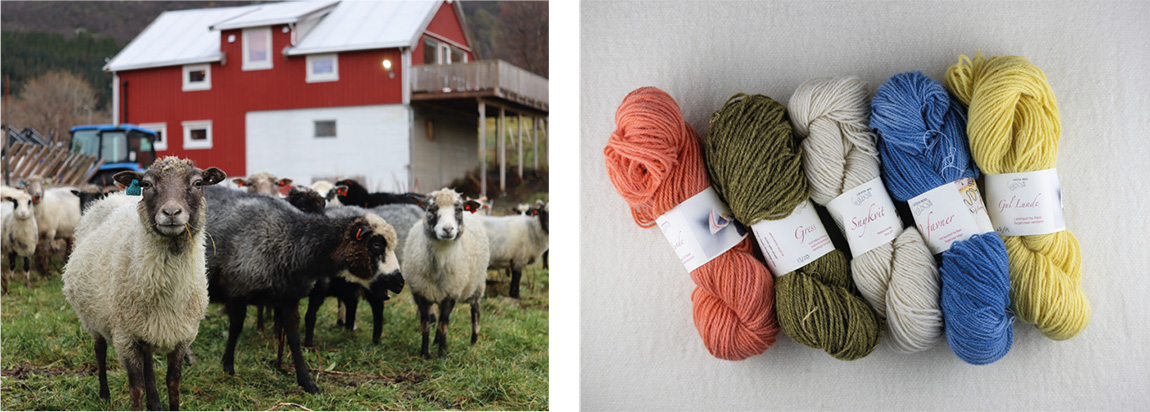
Carrying tradition into the future
Historically, wool was used not only for clothing, but also for furniture, throws, and even sails on the majestic Viking ships. Lofoten Wool still produces and sells most of these materials as well as rolls of clothing and upholstery fabrics sold by the metre.
In addition to preserving the wool tradition that has been around since the Viking Era, Lofoten Wool has become quite the tourist destination. Since the barn and sheep are located on the first floor, and the offices, shop and workshop are on the second floor, guests can visit the sheep and watch the production happen. They get to learn about the sheep, crafts and traditions and experience how the yarn, which has already been sorted, washed and spun, is treated and dyed before being handcrafted into beautiful products. These are also available to buy at the farm shop.
Through her education in textiles at the Bergen Academy of the Arts, and having previously working at a wool factory, Lie has accumulated invaluable experience and contacts in the field. But she first learnt the skill of knitting as a child. Growing up in a household where woollen jumpers were common, she learnt the art of knitting from her grandmother and mother. Now, she carries on the tradition for others to learn. And the demand is growing. A new generation is discovering the joys and practical benefits of knitting, carrying on the cultural heritage of a craft that has been around for thousands of years.
If you want to try your hand at knitting using Lofoten Wool’s products, knitting kits are available from their web shop, complete with yarn and knitting patterns.
Lofoten Wool also welcomes customers to their new branch in Henningsvær, the small, picturesque fishing village just an hour’s drive from the Lofoten farm.
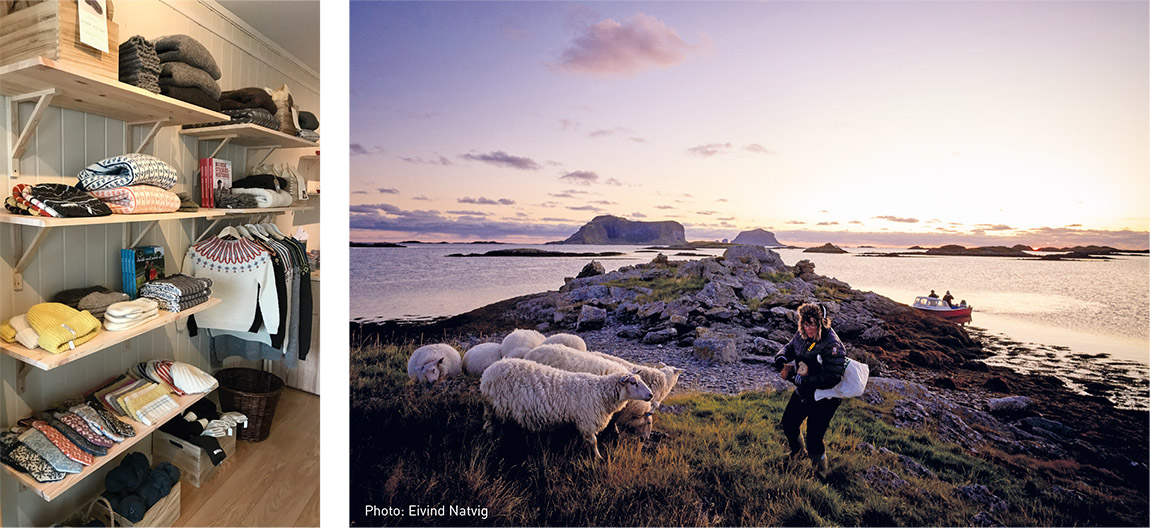
Web: www.lofoten-wool.no Instagram: @lofoten_wool
Subscribe to Our Newsletter
Receive our monthly newsletter by email



